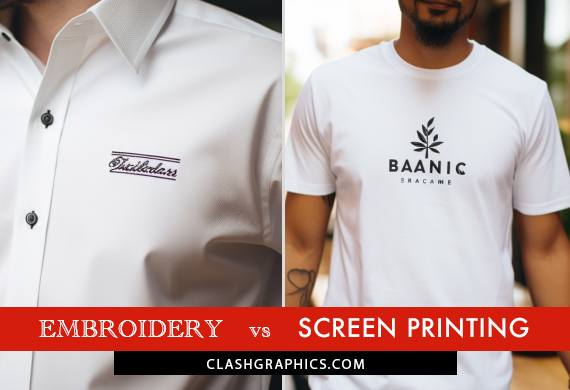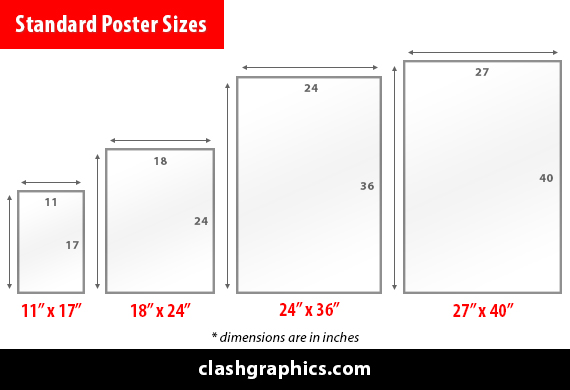How to Add Bleed in Photoshop
Posted by Clash Printing Atlanta on 30th May 2025
When designing print ready files in Photoshop, you will need the image and/or graphic to extend beyond the trim line to the furthest edge of the printed material to prevent white space or your text getting cropped once the printed material is cut/tri…
read more














